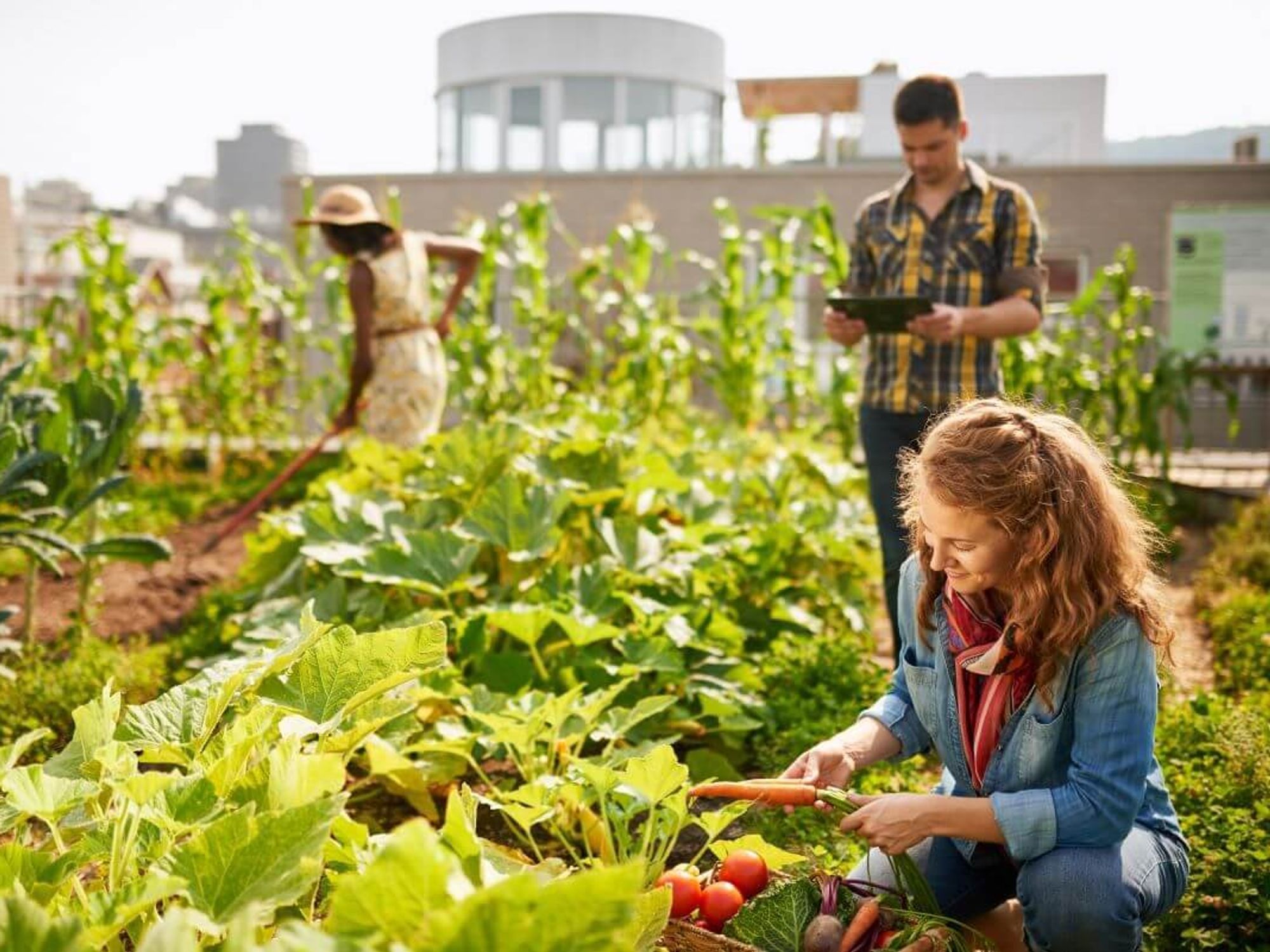GARDENING PARADISE
Austin digs up 8th best ranking nationwide for urban gardening, says report

In a “post-pandemic” world, Austinites are focusing their attention on one hobby in particular: urban gardening.
Most Austinites probably started or picked back up on a hobby during the pandemic: crocheting, caring for houseplants, or reading, just to name a few. But now that we’ve adjusted, Austinites are focusing their attention on one hobby in particular: urban gardening.
In fact, Austin was ranked the No. 8 overall best city for urban gardening in a new report from local lawn care company LawnStarter. If you’re not familiar with the activity, it's about repurposing unused areas into green spaces for growing food or plants. Think of vertical plant walls, modular farming units, or the Central Austin Public Library’s rooftop garden. The 13.7-acre, green-focused transformation plans for Brodie Oaks also fits the bill.
The report is a way to commemorate April as Lawn and Garden Month (although we mostly recognize April as Earth Month). They compared 200 of the nation’s largest cities across four categories and 12 different metrics, such as easy access to gardening space, climate, number of gardening communities, and more.
Austin ranked No. 4 for the number of community food forests in the area and No. 2 for the highest number of local gardening social groups. In the category of the average annual number of cold days, the city came in at No. 66. And in the number of nurseries and gardening-supply stores per square mile, Austin ranked No. 93.
The top 10 best cities for urban gardening are:
- No. 1 – New York City
- No. 2 – Atlanta
- No. 3 – San Francisco
- No. 4 – Portland, Oregon
- No. 5 – Tampa, Florida
- No. 6 – Seattle
- No. 7 – Miami
- No. 8 – Austin
- No. 9 – Pasadena, California
- No. 10 – Orlando
"Containers work for outdoor and indoor gardening, but there are many planters that will fit over outdoor balcony railings if there is a lack of floor space," she said. "There are lightweight containers that attach to glass for indoor gardening that can be used to grow microgreens, herbs, and small houseplants. Hanging baskets will also work for areas with limited floor space."
She also suggests trying out small hydroponic systems that require minimal effort.
"[They] only require homeowners to plug the unit in to an electrical socket, fill it with water, add fertilizer every other week, insert seed pods, and wait for flowers to bloom or plants to be ready for harvest," she added.
The report can be found on lawnstarter.com.

 Say goodbye to 2025 and hello to 2026. austintexas.org
Say goodbye to 2025 and hello to 2026. austintexas.org